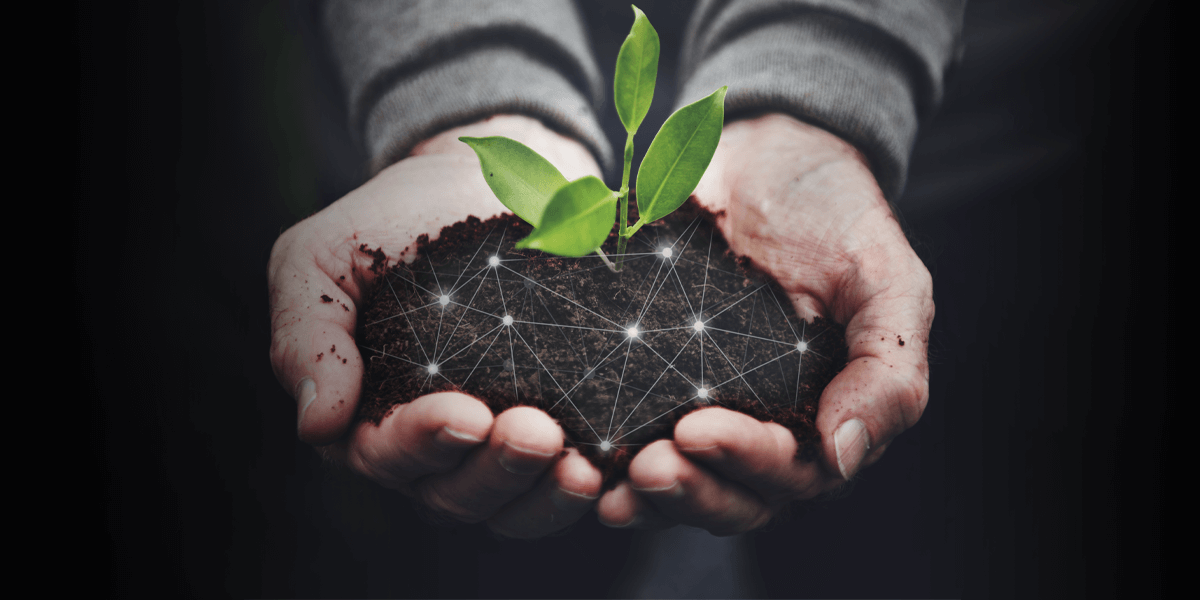AI In Vertical Farming
Agriculture and farming are two important contributors to the success of any country’s economy. The food that we eat today, either at home or in the restaurant is an outcome of farming. In order to improve the productivity of crops, it is important to embrace the latest in farming, such as vertical farming. Artificial intelligence (AI) is one such technology.
AI is a powerful technology in which intelligent machines and appliances are capable of performing tasks just as we humans do. Being more specific, AI powered machines take decisions just like we humans do. The application of AI in agriculture will bring about a complete revolution in the way crops are cultivated. AI has already created an impact in diverse industry verticals such as healthcare, medicine, and lifestyle. According to International Data Corporation (IDC), the worldwide spending on AI is likely to touch 58 billion USD by the end of this year. The use of agricultural practices based on AI tools is gradually increasing across the globe, especially in America and Asia.
Before diving deep into the benefits of AI in vertical farming, let us see what vertical farming really means.
What does vertical farming mean?
Vertical farming refers to production of crops in a vertically stacked manner. Vertical farming systems can be set up indoors in a controlled environment. Vertical farming allows people to grow vegetables and fruits anywhere across the world.
How is AI farming done?
- AI powered vertical farming is performed in closed spaces like greenhouses.
- AI powered farming and gardening machines are equipped with various types of sensors (light, temperature, humidity, water, air). Also, nutrient and oxygen enrichment systems are present.
- The vertical farming system consists of interlinked double walled cubes.
- No sunlight is required in these cubes as LED lights act as a source of heat and light.
- Both conditions of light and temperature can be efficiently controlled.
- A micro computer is also attached to each cube so that the cultivation and conditions can be efficiently monitored and controlled.
- In vertical farming, the technology of aeroponics is used. This means soil-less cultivation of crops. The roots of plants hang out in the air and they are sprayed with water which is rich in nutrients.
- Micro-nutrients and minerals present in water contribute to the fertility of plants.
- The use of AI in farming can help in the production of vegetables, herbs, fruits, flowers, etc.
Benefits of AI farming
- Enhanced production of vegetables and fruits with less consumption of water and other resources.
- Economically more feasible and maximum ROI.
- Production of fresh fruits and vegetables with negligible use of chemical fertilizers and pesticides.
- Capable of making eateries self-sufficient in food production.
- Plants can be produced directly at home without the need to depend on others.
- Countries would be less dependent on other countries for the food requirements. This means reduced exports.
- Large numbers of plantlets can be produced in a short time.
- Makes vertical farming industrially feasible.
- Improved quality of fully grown plants can be produced.
One of the latest emerging trends in farming is artificial intelligence, which is slowly carving out a niche for itself and planning to change the face of agriculture. This futuristic technology helps a farmer monitor the growth of plants, health conditions of crops, and overall yield with unprecedented accuracy. AI-powered systems utilize sensors and cameras feeding data into sophisticated algorithms converting real-time information into soil quality, moisture levels, temperature, and light conditions. This data will also be in real time, thus enabling the farmer to make rational decisions and optimize the resources and even increase productivity. Another thing is that all this invaluable data can be kept and computed later for patterns that could be recognized, future trends foreseen, and refined agricultural practice adopted.
AI farming becomes more efficient as it avoids more time and effort but maximizes output.
AI farming gives many amazing benefits, especially in those areas having a harsh climate. It can make agriculture not only possible but highly productive when applied in the harsh environmental conditions of arid or semi-arid regions where traditional farming struggles. AI systems help create controlled environments where factors like water usage and nutrient supply can be carefully managed to enable crops to grow even in unfavorable climates. It is also very useful in water-scarce areas because every drop counts. One of the usages of AI farming is advanced irrigation technique. In those conditions, water is the least wasted and mostly used. It becomes a game changer for the locals staying in such places, providing them sound food and new opportunities of sustainable agriculture.
Beyond its environmental impacts, AI farming also seems to advance economics and society. Increased crop yields and resources saved, it is a sustainable model that can be scaled according to the needs of more people, be it in urban areas through vertical farming or in other rural communities with only minimal resources.

